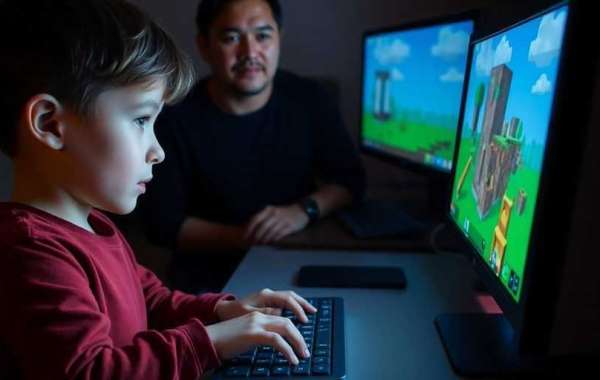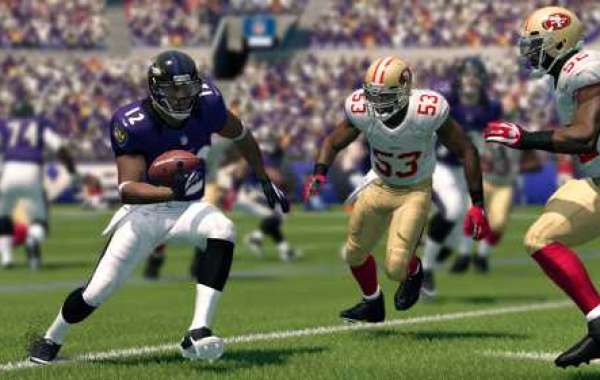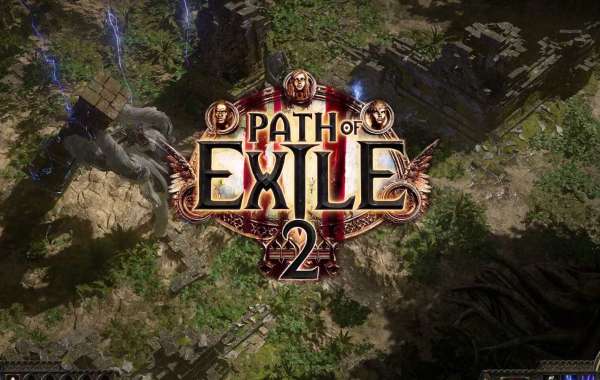Introduction
Minecraft, the open-world sandbox game created by Mojang Studios, has become one of the most popular and influential video games of all time. Since its release in 2011, it has captured the imaginations of millions of children and adults worldwide.
With its endless possibilities for creativity, exploration, and adventure, Minecraft provides a platform where players can build, craft, and explore virtual worlds.
However, for some children, the game's immersive nature can lead to excessive playtime, potentially developing into an unhealthy dependency. This phenomenon is referred to as Minecraft addiction—a growing concern for parents, educators, and healthcare professionals. Understanding the reasons behind Minecraft addiction and its impact on kids is essential for addressing this issue effectively.
What is Minecraft Addiction?
Minecraft addiction occurs when a child becomes excessively and compulsively engaged in the game, often at the cost of real-life responsibilities, relationships, and well-being. Like other forms of video game addiction, it involves a psychological dependency that makes it difficult for children to stop playing, even when it negatively affects their daily lives.
Minecraft addiction is not always obvious. The game’s peaceful and creative nature often masks the negative effects, making it harder for parents and caregivers to identify when playtime has crossed into excessive territory. However, excessive gaming can lead to a range of emotional, social, and behavioral issues if not addressed.
Why is Minecraft So Addictive for Kids?
Several factors contribute to Minecraft's allure, making it particularly addictive for children:
Open-Ended Gameplay: Unlike many games that follow a structured plot or objectives, Minecraft offers an open-world environment where players can create, explore, and do almost anything they want. This freedom of choice can make it difficult for kids to stop playing, as there’s always a new world to build, explore, or mine.
Rewarding System: Minecraft incorporates a system of rewards through progression, such as acquiring new resources, tools, or in-game achievements. This constant sense of accomplishment provides a psychological boost, which keeps kids engaged and motivated to play for longer periods.
Social Interaction: Minecraft is often played online with friends or other players, creating a strong social connection. Many children enjoy playing with their friends, which can lead to a sense of community and peer pressure to continue playing, sometimes even after they’ve spent too much time in-game.
Modding and Customization: The game allows players to install mods and customizations, enabling endless variations in gameplay. This aspect of Minecraft adds to its replay value, keeping children coming back for more as they experiment with new ways to play and create.
Continuous Updates: Minecraft regularly updates its content, introducing new features, tools, and areas to explore. These updates give kids new reasons to keep playing, enticing them to jump back in to experience the latest additions.
Signs of Minecraft Addiction in Kids
Recognizing the symptoms of Minecraft addiction early is crucial to preventing more severe behavioral or emotional issues. Some common signs of Minecraft addiction include:
Neglecting Responsibilities: Children may neglect schoolwork, chores, and other activities in favor of playing Minecraft.
Mood Swings: Kids may become irritable, anxious, or angry when they are asked to stop playing or are limited in their game time.
Social Withdrawal: Kids might withdraw from family members or friends in favor of spending more time alone playing the game.
Physical Symptoms: Excessive gaming can lead to poor sleep habits, headaches, eye strain, and a lack of physical exercise.
Lying About Playtime: Children with Minecraft addiction may lie about how much time they spend playing or try to sneak in extra game time without permission.
Decline in Academic Performance: Kids may show a sudden drop in grades or an inability to focus on schoolwork due to prioritizing gaming.
The Impact of Minecraft Addiction on Kids
While Minecraft can provide valuable educational and entertainment experiences, addiction to the game can have serious consequences on a child's emotional, physical, and social development.
1. Physical Health Issues
Extended periods of gaming can lead to physical health problems. Kids who spend hours on Minecraft without taking breaks may experience eye strain, poor posture, headaches, and sleep disturbances. Inactivity associated with prolonged gaming sessions can also contribute to a sedentary lifestyle, increasing the risk of obesity and related health issues.
2. Emotional and Mental Health Effects
Excessive gaming can also negatively impact a child's emotional and mental well-being. The constant need for stimulation and the rewards-driven nature of Minecraft can lead to feelings of frustration or anxiety when they’re unable to play. This can cause irritability, mood swings, and difficulty managing emotions. Additionally, children who become overly absorbed in the game may struggle with real-world problem-solving and emotional regulation.
3. Decline in Social Skills
While Minecraft offers multiplayer features, excessive gaming can lead to social isolation, especially if children prefer online interactions to face-to-face communication. This can hinder the development of important social skills such as empathy, communication, and conflict resolution. In extreme cases, a child may become so immersed in Minecraft that they lose interest in real-life friendships and activities.
4. Academic Challenges
When Minecraft becomes an obsession, academic performance often suffers. Kids may rush through their schoolwork to get back to the game, leading to lower grades, incomplete assignments, and a lack of focus during lessons. In severe cases, this can result in long-term academic consequences if the addiction isn’t addressed.
How to Help Your Kids Overcome Minecraft Addiction
If you suspect your child is struggling with Minecraft addiction, there are several strategies you can use to help them regain control over their gaming habits.
1. Set Clear Boundaries
Establish clear and consistent rules regarding gaming time. Set daily or weekly limits and enforce them. Make sure your child understands the importance of balancing gaming with other activities, such as school, family time, and physical exercise.
2. Encourage Other Hobbies
Help your child discover other activities they enjoy, such as sports, reading, art, or music. By providing alternative outlets for creativity and enjoyment, you can reduce their dependence on Minecraft.
3. Create a Routine
Having a structured daily routine can help your child manage their time better. Ensure that schoolwork, chores, and other responsibilities are prioritized before gaming. Incorporating regular breaks for physical activity or relaxation will also help reduce the urge to play excessively.
4. Use Parental Controls
Take advantage of parental control features available on gaming consoles and PCs. These can help you monitor your child’s screen time, limit their access to Minecraft, and ensure they’re not overindulging in the game.
5. Promote Physical Activity
Encourage your child to engage in physical activities, such as sports or outdoor play, to balance the sedentary nature of gaming. Regular exercise is essential for both physical and mental health.
6. Model Healthy Tech Use
As a parent, it’s essential to set an example by using technology responsibly. By modeling healthy screen time habits, you show your child how to balance digital entertainment with other aspects of life.
Conclusion
Minecraft addiction can be a serious issue for some children, but with the right strategies and support, it’s possible to manage and overcome it. Understanding the allure of the game and recognizing the signs of addiction are the first steps in addressing this problem. By setting boundaries, encouraging alternative activities, and fostering healthy gaming habits, parents can help their children enjoy Minecraft in moderation while maintaining a well-rounded, healthy lifestyle.






